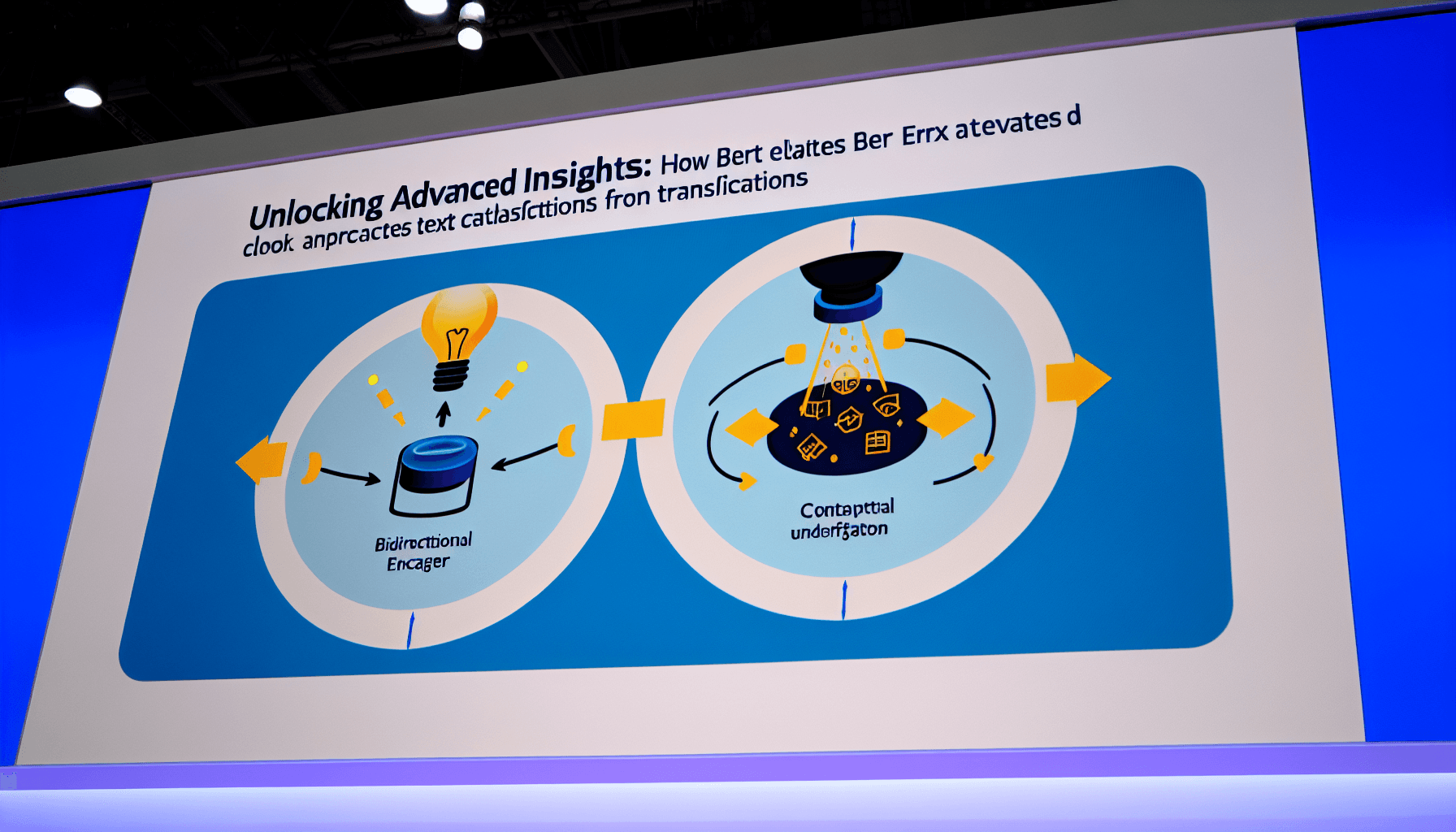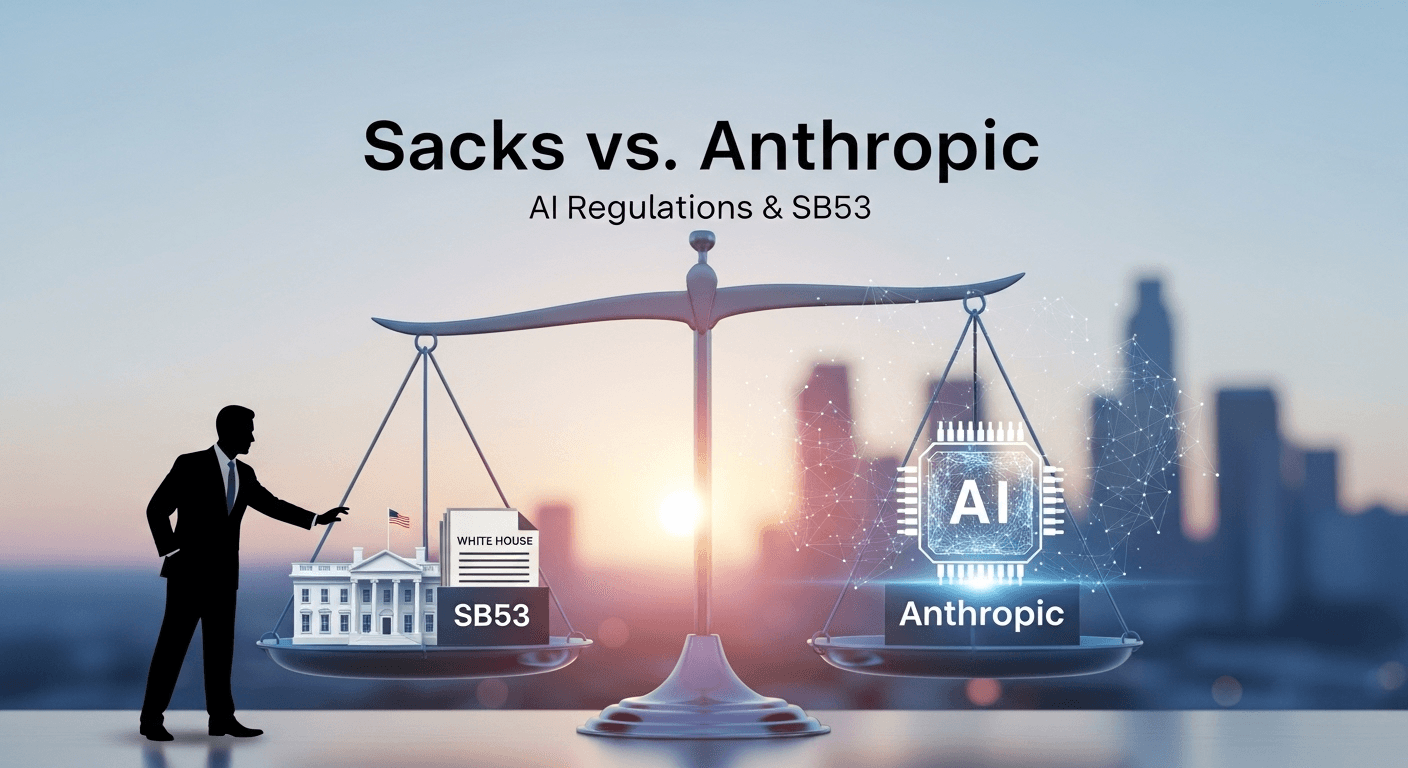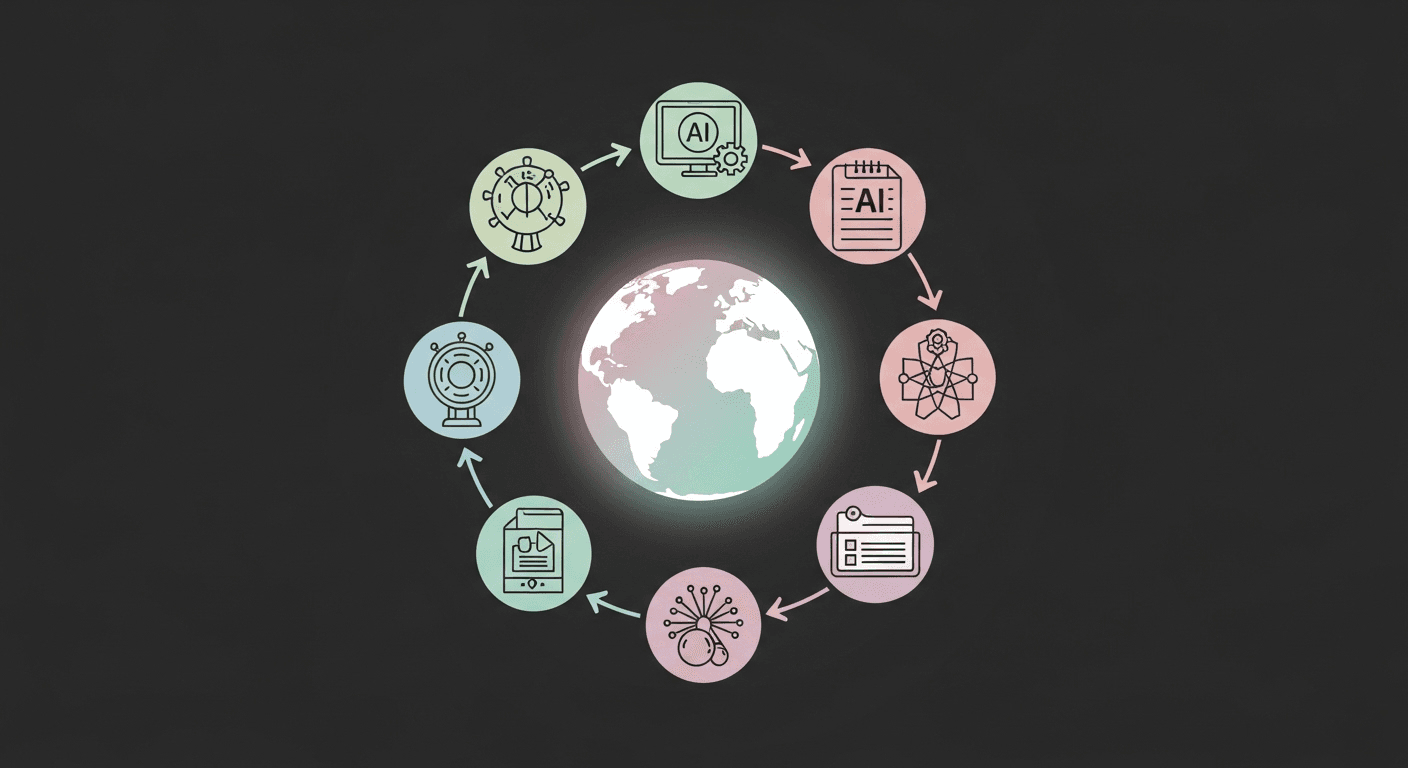Unlocking Advanced Insights: How BERT Elevates Text Analysis and Classification

Introduction to BERT in Text Analysis
Bidirectional Encoder Representations from Transformers (BERT) is revolutionizing the way we perform text analysis and classification. Developed by Google, BERT’s deep learning techniques have set new standards for understanding the context and subtleties in written language. This blog explores how BERT is applied in text analysis, its advantages over traditional models, and practical applications in various industries.
Understanding BERT’s Mechanism
BERT’s ability to understand the nuances of language comes from its deep Transformer architecture. Unlike directional models, which read text input sequentially (left-to-right or right-to-left), BERT processes words in relation to all other words in a sentence, a method known as bidirectional training. This technique allows BERT to capture context from both directions, making it incredibly powerful at understanding context-heavy information.
Advantages of BERT Over Traditional Text Analysis Models
The introduction of BERT has led to significant enhancements in the quality of text analysis by:
- Enhanced Contextual Understanding: BERT’s bidirectional approach allows it to understand the context of each word in a sentence more effectively than traditional models.
- Improved Accuracy: BERT has been shown to significantly improve accuracy in various natural language processing tasks over traditional methods.
- Flexibility: BERT can be fine-tuned with additional output layers for a wide array of tasks without substantial changes to the core model.
Optimizing Text Classification with BERT
Text classification involves categorizing text into organized groups. By leveraging BERT, developers can achieve more accurate classifications even with complex and nuanced texts. BERT’s deep learning capabilities allow it to consider the full context of phrases and sentences, leading to results that traditional methods could hardly achieve.
Applications of BERT Across Industries
Several industries benefit from BERT’s advanced text classification abilities:
- Healthcare: In healthcare, BERT helps in parsing and classifying medical documents, improving patient care through better information management.
- Finance: BERT aids in analyzing financial documents for compliance and fraud detection.
- Customer Service: BERT can enhance customer service by classifying and directing customer inquiries more efficiently.
- E-commerce: It improves search algorithms and product categorization in e-commerce platforms.
Implementing BERT in Your Text Analysis Projects
To start using BERT for text analysis and classification, you’ll need a solid foundation in Python and machine learning, along with access to BERT model libraries such as Hugging Face’s Transformers. Here’s a step-by-step guide to implementing BERT:
- Prepare Your Dataset: Collect and clean your text data.
- Choose a Pre-trained BERT Model: Utilize a BERT model pre-trained on a large corpus.
- Fine-Tune the Model: Fine-tune the model on your specific task and dataset.
- Evaluate and Optimize: Continuously test and optimize the model for best performance.
Challenges and Considerations
While BERT offers significant improvements in text analysis, it also comes with challenges such as computational resource requirements and the need for large, annotated datasets for training. Additionally, understanding and interpreting how BERT makes its decisions remains complex.
Future of BERT and Text Analysis
The future of BERT and text analysis looks promising. With ongoing advancements in model training and deployment, BERT’s potential to revolutionize different facets of industry and research continues to grow. Researchers are also making strides in making models more efficient and accessible, paving the way for broader adoption.
Conclusion
As we’ve explored, leveraging BERT for text analysis and classification offers substantial benefits, from improved accuracy to better contextual understanding. By integrating BERT into text analysis projects, businesses and researchers can unlock deeper insights and drive innovation across various fields. The evolution of BERT illustrates the dynamic capabilities of AI and machine learning in transforming data analysis.
Thank You for Reading this Blog and See You Soon! 🙏 👋
Let's connect 🚀
Latest Blogs
Read My Latest Blogs about AI

Sacks vs. Anthropic: The High-Stakes Battle Over AI Regulations, Regulatory Capture, and California’s SB53
White House adviser David Sacks accuses Anthropic of manipulating AI rules. We explore SB53, the regulatory capture debate, and its implications for startups and federal policy.
Read more


